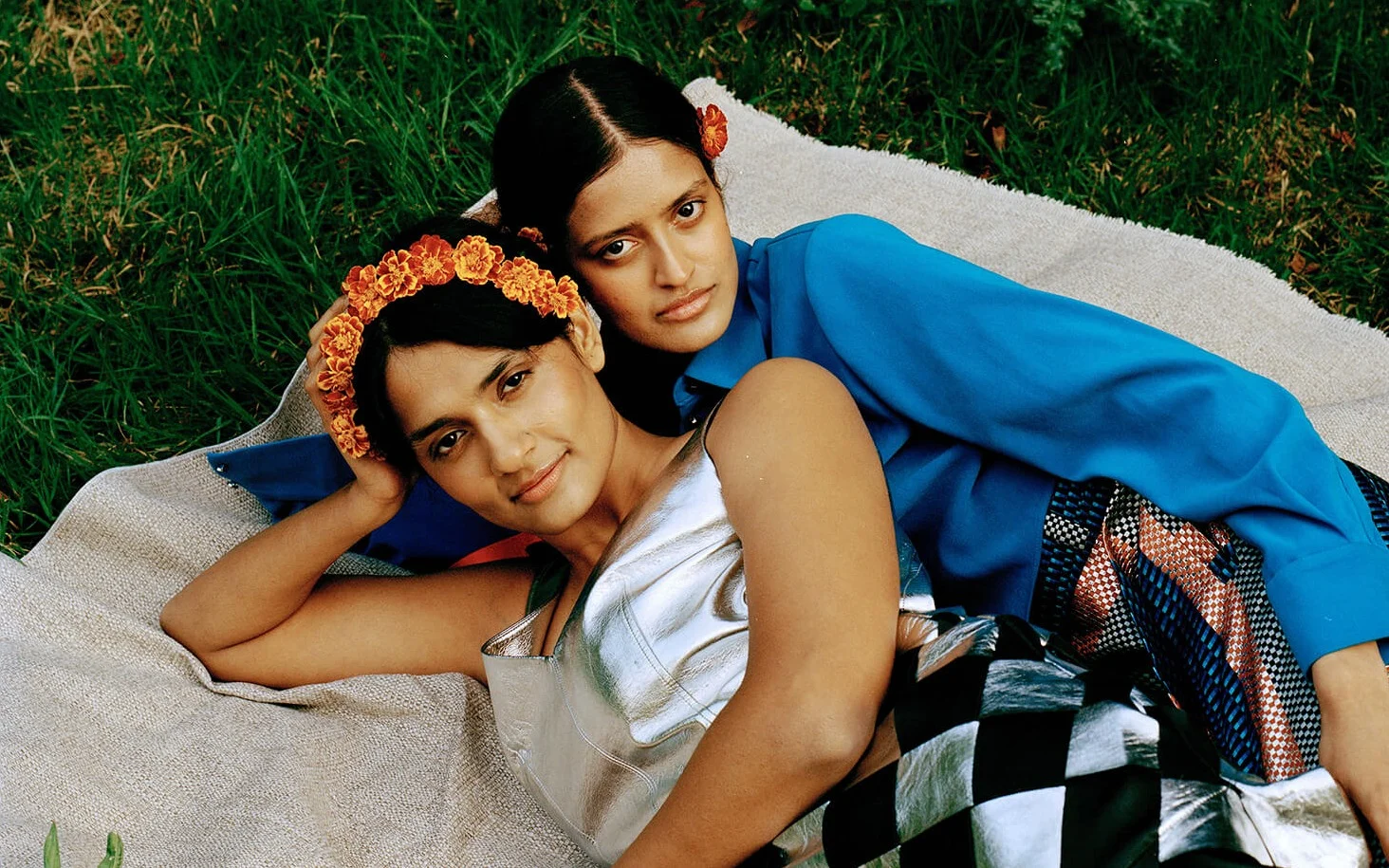

When fine art photographer Keerthana Kunnath met a 30-year-old female bodybuilder in Kerala, India, she was struck by both her strength and her grace. Some intensive digging led her to discover a group of women across the state practicing the sport, defying conventional standards of beauty entrenched in Indian society. Kunnath tells writer Ritupriya Basu about her innate interest in stories that challenge gender roles that drew her to the project, and recalls the road trip she took across Kerala to photograph the young bodybuilders creating their own definitions of femininity.

For any artist, creative blocks can be unnerving—you’ll often hear the advice to give oneself the space to sit with that unease, that absence of inspiration, which can, at times, unlock unexpected ideas or surprises. When Kerala-born and London-based fine art photographer Keerthana Kunnath found herself in a space where “she couldn’t really make any work,” she simply let her mind wander. Soon, she became interested in Kalari—an Indian martial art that originated in Kerala during the 11th century CE. As her research deepened, she stumbled upon a 30-year-old female bodybuilder, Arathy Krishna, and soon found a group of female bodybuilders dotted across the state. She set out to capture their powerful balance of femininity and strength, building her ongoing documentary series, “Not What You Saw.”


For Kunnath, who was born in Calicut, these women’s stories were immediately interesting—as they would be for any other woman who has lived and grown up in India. Kunnath explains how, in India’s cultural landscape, a confident, strong, muscular woman is a rarity, and how despite the fact women may take up roles as doctors or teachers, a female bodybuilder is unprecedented in the country.
It’s true—in India, even today, the idea of a muscular woman could be startling to many. For generations, conventional standards of feminine beauty have been regarded highly in the country, often entrenched in patriarchal notions of how an “ideal” woman should look and behave, in order to be marriageable and find the best groom. These ideas are often instilled into girls early on through their families, pressuring them to aspire for a light complexion, long hair and a waist that looks naturally cinched. Against this backdrop, the stories of these bodybuilders are at once inspiring and intriguing—by practicing the sport, they are challenging the status quo, questioning the male gaze and defying societal expectations of femininity.

They have to regularly work to maintain their physique while fighting the deeply ingrained expectations of how a ‘woman’ should look.
Needless to say, their practice comes with a host of challenges, “further complicated by factors such as caste, class and regional differences. Many of them come from families who cannot or do not support their interest in the sport due to societal constraints or financial worries,” says Kunnath. “They have to regularly work around the complex physical and emotional aspect of building and maintaining their physique, while fighting the deeply ingrained expectations of how a ‘woman’ should look and what they can pursue as a ‘respectable career.’”
Kunnath set out on a road trip to meet each of the bodybuilders where they lived, taking them “out of their gym or workout spaces to a more recognizable Indian backdrop, dressed in traditional outfits, not only to make it relatable to women back in India, but also to juxtapose their powerful physiques with a familiar space and look.” Kunnath photographed the women against serene beaches; resting on a patch of grass in front of a lake; posing against a quintessential Keralan home with a terracotta-tiled roof.

Serendipitously, just before Kunnath began shooting, one of her close friends and stylist, Elton John, also happened to be in Kerala, and struck by the powerful idea at the heart of the series, decided to join the project. The duo looked through posters from old Malayalam movies for inspiration for the styling, and found images where actresses—in traditional garments—would be caught in coy poses, essentially presented as an object of male desire. The duo decided to use the same traditional clothes, but change the narrative entirely, where the women flaunt their strength and are not defined by the tenets of patriarchy.


“One of the girls wanted to pose in denim shorts,” says Kunnath, “and I get where she was coming from—the shorts would be a point of rebellion, as we would never be allowed to wear something like it.” But for Kunnath, it was important to use traditional garments. For anyone looking closely, the clothes that the bodybuilders wear throughout the series are encoded with meaning. In one photo, a girl wears a blouse with a kasavu saree—a traditional garment of Kerala, made of white handwoven cotton and a golden zari border—wrapped around her waist and legs. In another, a girl wears a bustier and a skirt made of a checkered cloth, a fabric worn by fisherwomen from the coastal state when they work.
In using elements that feel familiar and situating the photographs in locations where the bodybuilders live and work, Kunnath imbues the series with a sense of insight and honesty. “Even within their own families, these women represent a first,” she says. “This project celebrates a pioneering generation of women determined to confront and dismantle tired notions of femininity, gender and beauty standards.”


